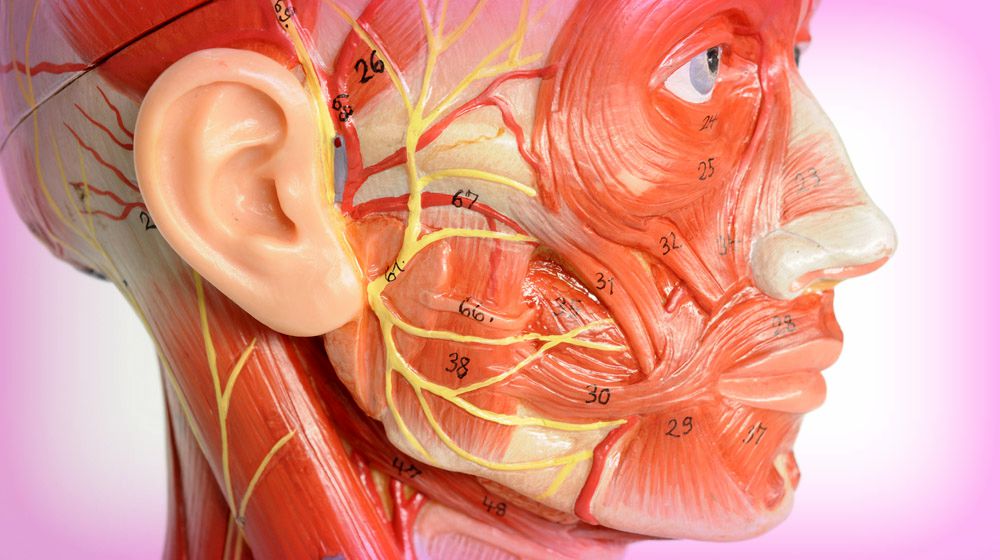Peripheral nerves are generally fragile and can be damaged easily. According to a survey, around 20 million Americans are suffering from peripheral nerve injuries, commonly caused by traumas such as road accidents, combat wounds, and health conditions like diabetes and autoimmune disease. Such injuries could have a destructive impact on living standards, which led to motor function, loss of sensation, and enduring nerve pain. These nerves have self-regeneration capability, but the process is quite slow.
Recently, a team of scientists at UCLA’s institute has identified a molecular mechanism that regulates the nerve growth rate during both embryonic development and rehabilitation from nerve damage throughout life.
Samantha Butler—a senior author of the research conducted trials on lab mice to confirm that peripheral nerve growth can be accelerated by manipulating the molecular mechanism. The research findings have already been published in the Journal of Neuroscience.
The researchers in Butler’s lab used mice with peripheral nerve injuries for the study. Initially, the researchers removed the Limk1 gene from the mice models using genetic engineering, which manifested a 15% enhancement in the speed of nerve regeneration following injury.
During the trials, the accelerated nerve regeneration in mice led to a quick recovery of both sensory and motor functions. This recovery rate was measured through how fast the mice were able to walk stably.
On a related note, researchers are developing innovative MRI techniques to monitor effectively the biological activities occurring within the body parts at a molecular level. Using new MRI techniques, doctors and clinicians can diagnose the disease at an early stage or even before the onset.
A team of researchers at HUJI (the Hebrew University of Jerusalem), has been creating an MRI that can monitor real-time molecular changes within the brain. This incredible MRI technique would uncover if any patient were suffering from any aging symptoms, such as Alzheimer’s disease and Parkinson’s disease.


